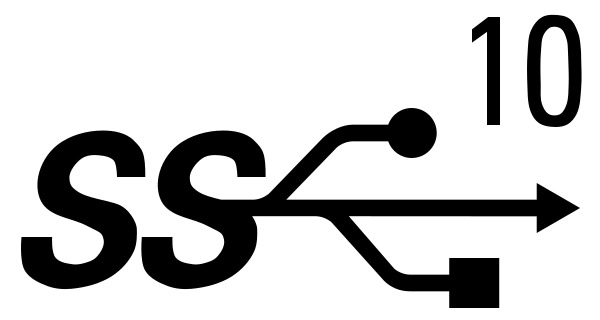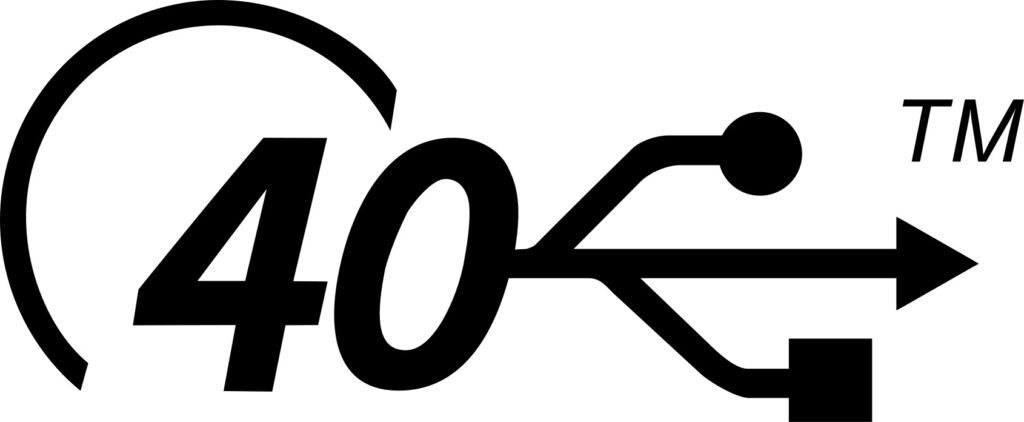As technology evolves, so does the variety of USB versions available. From the familiar black and blue to the rarer white and red connectors, each color corresponds to specific USB standards and speeds. This article aims to clarify the meaning behind these colors and help you identify USB ports and their capabilities.
Overview of USB Standards and Speeds
USB (Universal Serial Bus) has seen multiple iterations since its inception in the mid-1990s. Each version has brought improvements in speed and functionality, reflected in the color coding of the connectors. Here’s a breakdown of the main USB standards, their introduction years, and their maximum speeds:
| Standard | Name | Color | Introduction | Max Speed | Nominal Speed |
|---|---|---|---|---|---|
| USB 1.0 | Low Speed | White | 1996 | 1.5 Mbit/s | 12 Mbit/s |
| USB 2.0 | Hi-Speed | Black | 2000 | 480 Mbit/s | 40 MB/s |
| USB 3.0 | SuperSpeed | Blue | 2008 | 5 Gbit/s | 300 MB/s |
| USB 3.1 | SuperSpeed+ | Teal/Purple | 2013 | 10 Gbit/s | 900 MB/s |
| USB 3.2 | SuperSpeed+ | USB-C | 2017 | 20 Gbit/s | 2000 MB/s |
| USB4 | SuperSpeed+ | USB-C | 2019 | 40 Gbit/s | 4500 MB/s |
USB 1.0: The Beginning
Color: White
Introduction: 1996
Speed: Low Speed (1.5 Mbit/s) to Full Speed (12 Mbit/s)
USB 1.0 was primarily designed for low-bandwidth devices like keyboards and mice. While white connectors are common, they may occasionally be black.
USB 2.0: The Game Changer
Color: Black
Introduction: 2000
Speed: High Speed (480 Mbit/s)
USB 2.0 became the standard for many devices for years, providing faster speeds suitable for various peripherals. Even today, many computers still feature USB 2.0 ports, which are adequate for devices like keyboards and mice.
USB 3.0: SuperSpeed Connectivity
Color: Blue
Introduction: 2008
Speed: SuperSpeed (5 Gbit/s)
With the introduction of USB 3.0, the transfer speeds significantly increased, marking a shift in data transfer capabilities. The blue connector is now a hallmark of USB 3.0 ports, which are widely available on modern devices.
USB 3.1: Enhanced Speed and Functionality

Colors: Teal/Purple
Introduction: 2013
Speed: SuperSpeed+ (10 Gbit/s)
USB 3.1 introduced even faster data transfer rates, with connectors often appearing in teal or purple. The versatility of this standard means it is commonly found in high-performance devices.
USB 3.2: The Versatile Connector
Color: USB-C
Introduction: 2017
Speed: SuperSpeed+ (up to 20 Gbit/s)
USB 3.2 utilizes the USB-C connector, which is reversible and capable of higher data transfer speeds. The USB-C format is becoming increasingly popular due to its convenience and versatility.
USB4: The Future of USB Technology

Color: USB-C
Introduction: 2019
Speed: SuperSpeed+ (up to 40 Gbit/s)
USB4 represents the latest advancements in USB technology, focusing on maximizing bandwidth and simplifying the ecosystem. All USB4 connections use the USB-C port, minimizing confusion in the market.
Charging Ports: The Colorful Exceptions
Red, Yellow, and Orange Connectors

Purpose: Charging
These colors do not denote a specific USB standard but indicate charging capabilities. Ports with red, yellow, or orange connectors are typically designed for fast charging, often remaining active even when the device is in sleep mode. The actual USB standard for these ports can vary, so it’s essential to consult the user manual for details.
USB-C: A New Era
USB-C, introduced in 2014, marks a significant departure from previous USB designs. This connector type does not conform to traditional color coding, as it doesn’t visually resemble any earlier connectors. USB-C is reversible and supports various functionalities, including power delivery and data transfer.
USB Battery Charging (USB-BC) and Power Delivery (USB-PD)
- USB-BC 1.2: Enables fast charging for devices like smartphones and tablets.
- USB-PD: Supports higher power levels (up to 100 watts) for charging larger devices like laptops.
Conclusion: The Future of USB
The evolution of USB standards and colors reflects the ongoing advancements in technology. USB-C is set to become the universal standard, phasing out older designs and color codes. As more devices adopt this versatile connector, users can look forward to simplified connections and improved performance.
Understanding USB port colors and their meanings not only helps in identifying the capabilities of your devices but also ensures you make the most of the technology at your disposal. Whether you’re upgrading your peripherals or troubleshooting connectivity issues, this knowledge will serve you well in today’s tech-driven world.
